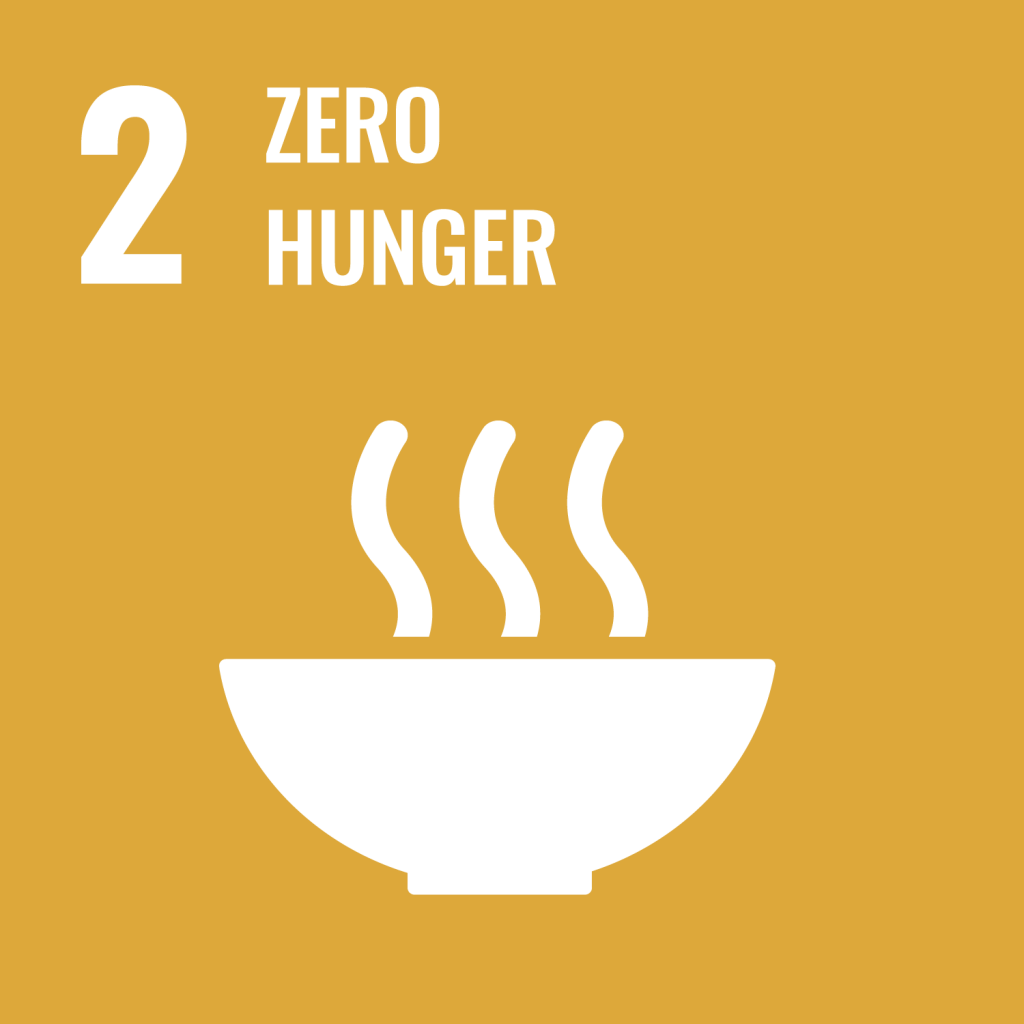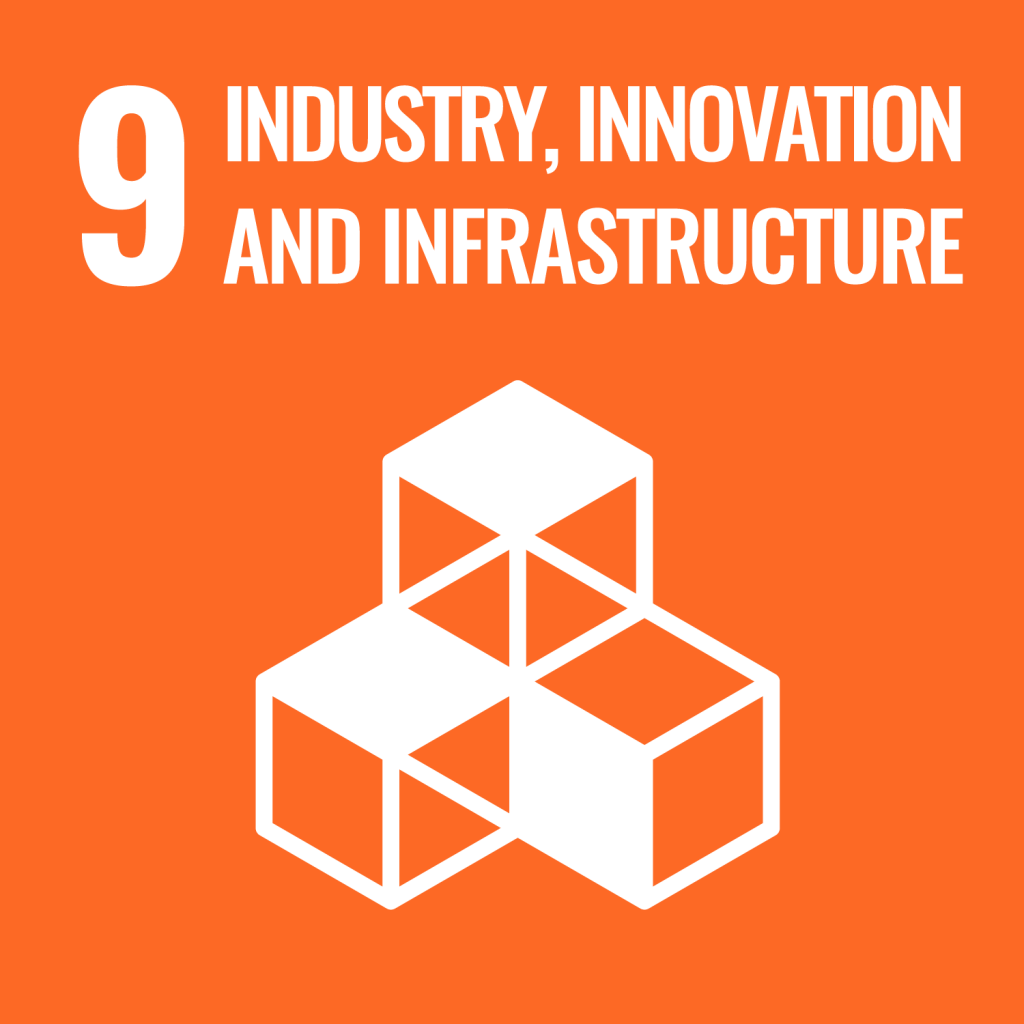Susgrainable Health Foods Inc.
Small
Consumer Goods
Food & Beverage
Lesson
It is evident that sustainability is deeply embedded in the company values. For example, they are unwilling to compromise on the location of their facilities because there are high emissions from transporting a by-product that is approximately 70 percent water long distances. The co-location of micro factories in urban environments also supports keeping jobs centrally located and connected to the local community. While this decision means that the industrial space located in Vancouver is more expensive, and therefore will take more time to acquire as they grow, it is a strategy that is important to the founders. Susgrainable deeply embeds sustainability and well-being into their business model with almost every decision being put through a lens of how they can be doing better.
Though they are a young company, Susgrainable is sharing their knowledge and is already looked at as experts in this emerging space. They have been called on by fellow entrepreneurs and organizations for their expertise on putting circular economy principles into practice. They have also run workshops at Universities and in local high schools to teach about the circular economy and how their business model transforms the way we look at food waste.
Background
Susgrainable Health Foods Inc. is a start-up in Vancouver that transforms spent grain from craft breweries into sustainable flour and baked goods. The flour and baked goods from spent grain are high fibre, high protein and low sugar, making them healthier alternatives from those that use traditional flours.
Their mission is to provide a creative solution to food waste and high sugar consumption in our diets. Susgrainable has values for people, the planet, and their community that influence their decisions.
With a passion for impact, they take every opportunity to educate their community. Through innovative school workshops, speaking events, and their direct consumer education, they are sharing the principles of the circular economy and highlighting the alarming rates of food waste in Canada.




Sustainability Story
How does a company start turning beer waste into baked goods, you ask? When the founders of Susgrainable learned about the high-value spent grain waste that is a by-product of making craft beer, they sought out to find a solution. This began as a university project and continued on to become an innovative business model, serving up healthier, more sustainable baked goods local to Vancouver. They evaluated opportunities from using it as an energy source to making coasters, but ultimately, the high quality grain that was grown for food could be kept in the food system to maintain its highest utility.
Spent grain is high fibre, high protein, and low sugar. Preventing the spent grain from going to waste is both good for the planet and better for our diets. Marc, one of Susgrainable’s founders, comes from a health background, so he is passionate about creating healthier products that help people eat more fibre and less sugar. When products go unsold, Susgrainable looks for opportunities to donate them to help fight food insecurity locally.
Susgrainable Health Foods Inc. Practices
| A circular economy operation | Co2 emissions reductions by geographic planning | Consumer education | Community wellbeing |
|---|---|---|---|
| Dehydrating spent grain for flour production. | Co-location of micro factories in urban environments. (Reduced transportation from breweries) | Education in schools and fundraising program | Baked goods using Susgrainable flour |
| Sales direct through website, zero waste retailers, farmers markets and cafes | Consumer education of circular practices | Donate leftover baked goods | |
| Evaluating new waste streams for alternative flour production |
Pathway Map
Enabling Factors for Practices
| Internal Elements | External Elements |
|---|---|
| Co-founders with a breadth of experience and knowledge that enables agility and start-up survival | Financing from credit union that backs business model and vision |
| Hiring employees and interns with shared values increases passion and commitment to company mission | Grant opportunities that build financial capacity for continued growth and experimentation |
| Internships enable increased capacity from local university talent with subsidized wage support that meets constrained start-up budget | Connection of network to SME's that support one another and form partnerships to build brand awareness |
| Local community support and wider sustainability culture in the Greater Vancouver Area enable stronger uptake of the business model |
Arresting Factors for Practices
| Internal | External |
|---|---|
| Employees/labour not easy to find (hiring) | High taxes and lack of incentives for sustainability |
| Access to data and information about advancing new practices | Government health regulations limits time to dry spent grain to within 8 hours of brewing |
| Technical knowledge (contracted out for cost savings) | COVID-19: Limited farmers market opportunities; No product sampling in groceries or at markets (consumer demonstration and education); Zero waste retailing limitations - packaging required |
| Financial (start-up costs) | Pricing - customers want local, but don't want to pay more - living wage in Vancouver increases cost of production |
| Lack of industrial space of their own - limited production capacity | Price of real estate / rent in metro Vancouver - desire to remain a model with micro production in urban environment (the cost of doing the right thing) |
| Early innovator / pioneer - first in the space creating a new industry for upcycling 'food waste' - unforeseen challenges without similar experience to guide decisions |

